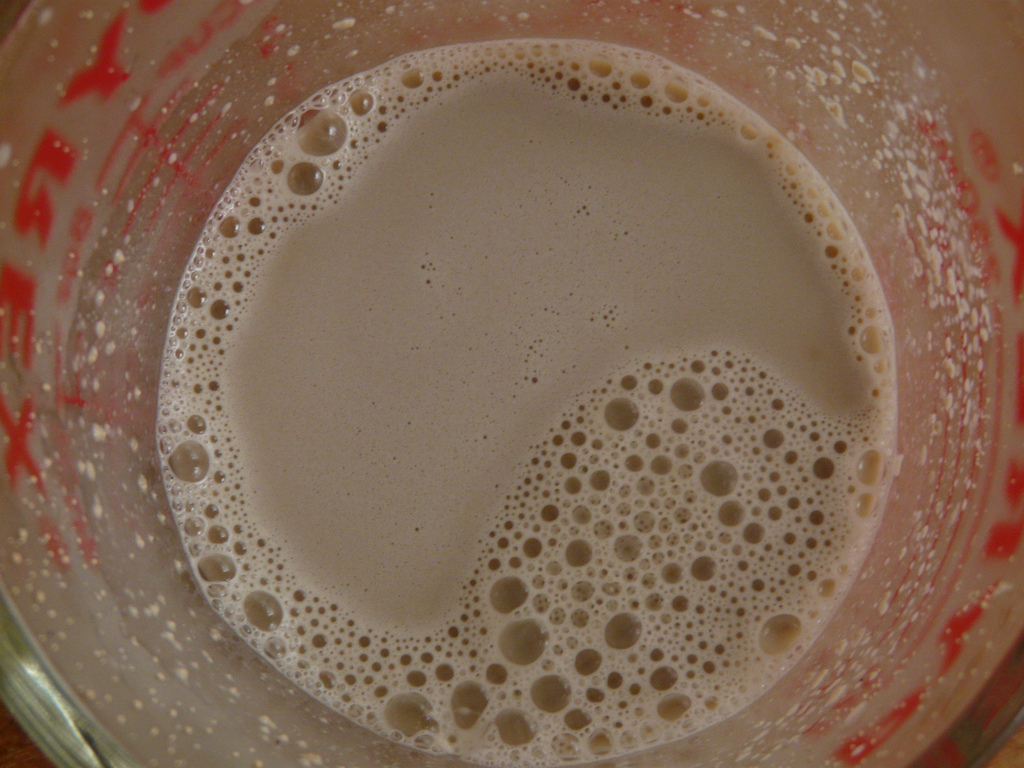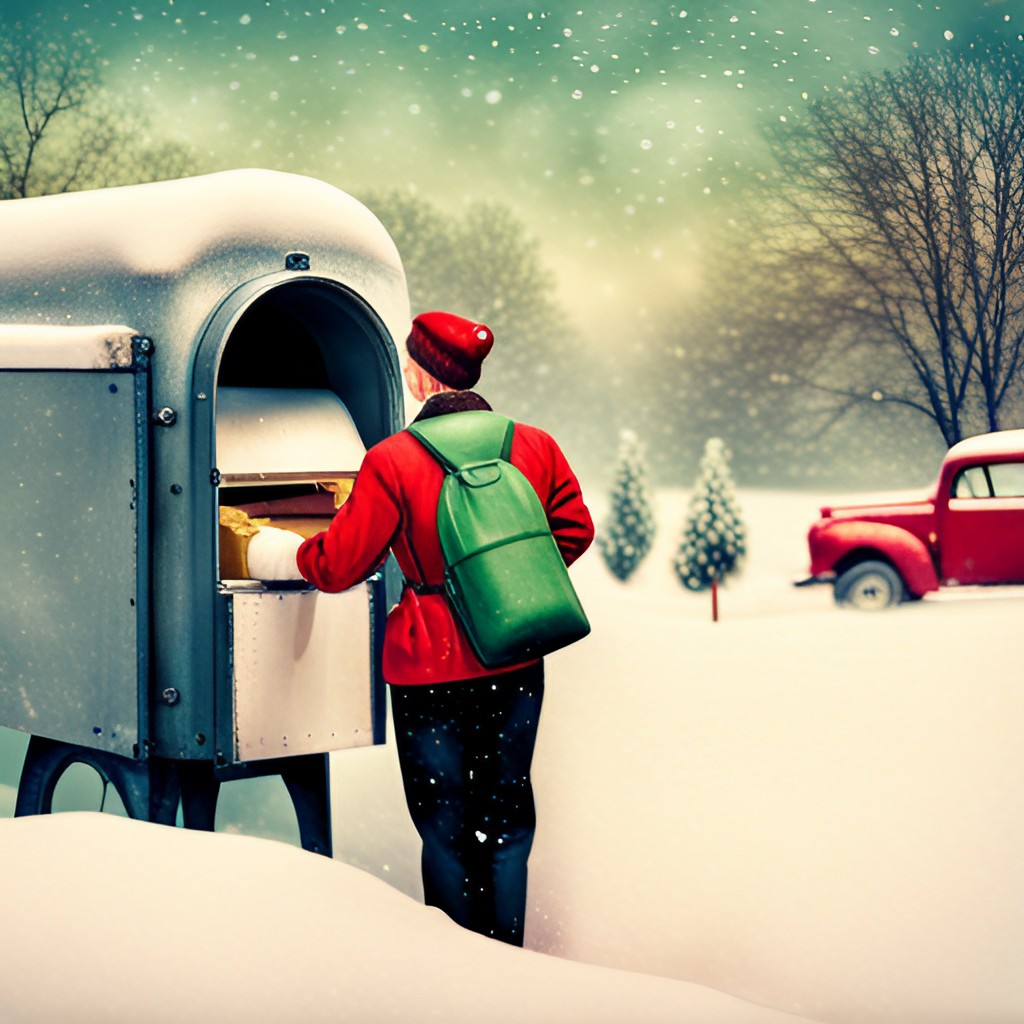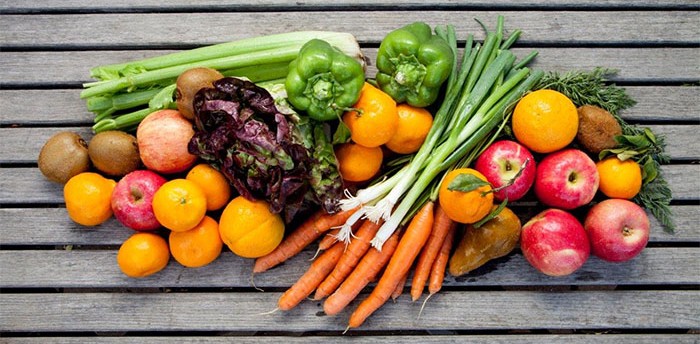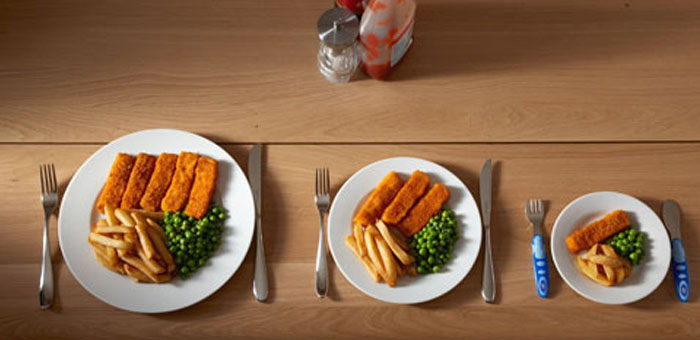The idea to proof yeast originally came about as a way of “proving” that the yeast was still active. This was back in the days when yeast had a lot shorter shelf-life and bakers couldn’t always be sure their yeast was still good. Nowadays, yeast can be refrigerated or frozen for about a year and still work just fine. With that said, unless you’re baking every day, we still think proofing yeast is a good idea.
We prefer to proof yeast even if it’s not mentioned in the instructions and even if the jar of yeast says it can be added right into the dough. We just don’t want to go through all the trouble of kneading our dough and anticipating a gorgeous loaf if the yeast ends up being a dud.
Below is a simple tutorial to proof yeast making sure it is still “alive” and ready to bake your bread dough.
If you are a seasoned bread maker, you know all yeast needs to multiply and grow in a sympathetic environment. The correct environment includes moisture, food, and a warm temperature.
Whenever you intend to bake with active dry yeast, it is a good idea to test to make sure the yeast is alive. If the yeast you have in your cupboard is dead, no amount of environment will help it become a productive leavening agent.
Here’s How To Proof Yeast:
All you do is measure out the yeast and mix it with the water called for in the recipe. Yeast is happiest at about 75°-80°, so the water should feel barely warm or lukewarm to the touch. Add just a pinch of sugar to give the yeast something to munch on.
Let the yeast and water sit for a few minutes. The water will dissolve the dry coating around the granules of yeast, releasing the active yeast inside. The active yeast will go to work on the sugar and a bubbly foam will start to form on the surface from the carbon dioxide being released. This foam is proof that the yeast is active, and once you see it, you can add the yeast to your bread dough.
Do You Know Of Any Other Techniques For Proofing Yeast?
If so, please feel free to let us know in the comment section below, Tweet us or share you thoughts on our Facebook page.
Reference: Wiki Proofing Yeast




